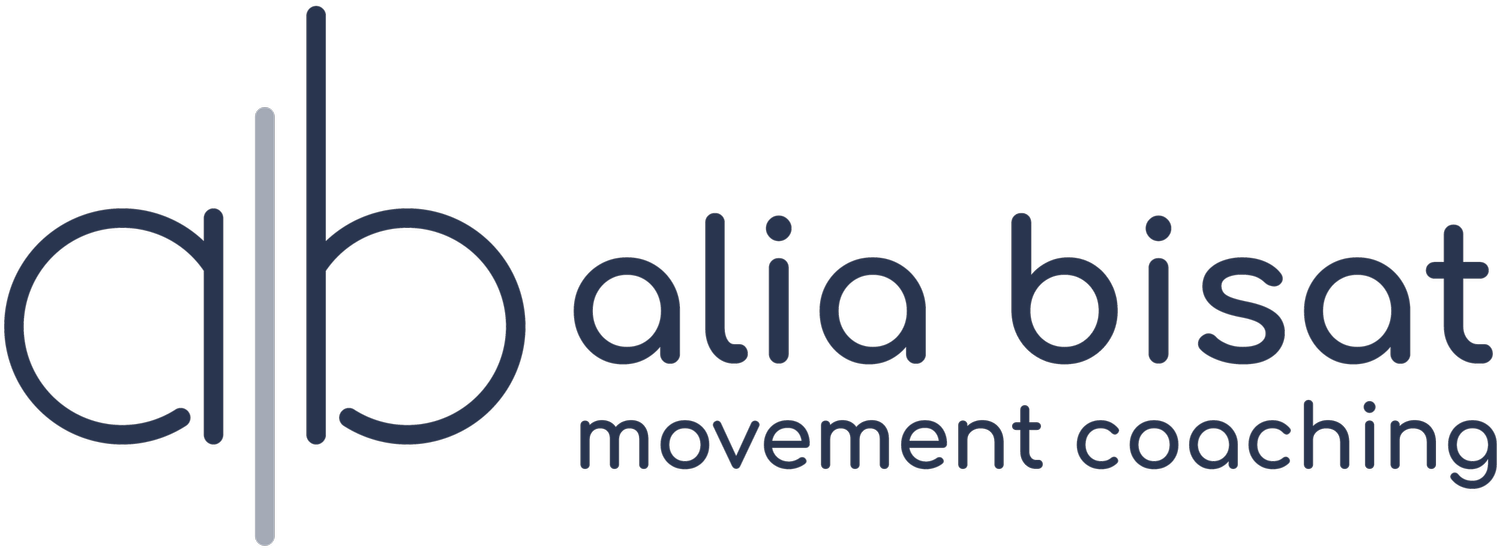The Difference Between Ache and Pain and Sore
When I first begin to work with someone, I immediately try to establish an understanding of the person’s descriptors for what they’re feeling in their body. One might assume that everyone uses the same words to describe the same sensations, but that’s not necessarily the case. Some words like sharp or tingling are more consistent in how they’re used, but the difference between ache, and pain, and sore, for example, are often interchanged.
Victor’s Story
I worked with a client several years ago, we’ll call him Victor, whose vocabulary to describe musculoskeletal sensations was limited to only one word: sore. Whether he felt tight, achy, muscle fatigued, pain, or something else, he would just say “It feels sore” because that’s the only word he knew to describe the sensation. This presented two problems. Firstly, it made it more challenging for me to understand how he was feeling and to therefore better adapt to his needs. Second, Victor was nervous about feeling sore (which actually encompassed a variety of feelings) and always wanted to discontinue any movements that made him feel this way (which meant discontinuing a lot of things).
The context: Victor had a year-long chronic back pain experience before we started working together that really impacted his quality of life. As mentioned, he uses the word sore to describe anything unpleasant in his musculoskeletal system because that’s all he knows to express himself. So, he described what he felt in his back during that year stint of chronic pain as “sore”. An association in his brain was made. Soreness = this back thing = limitation in movement = a stressful and poor quality of life situation. Because he used the word "sore" to describe all types of sensations in his back, the same association was made each time he felt anything in his back at all: I feel something unpleasant in my back = soreness = something to be nervous about. Even though there was a variety of sensations and a variety of contexts, the outcome of fear was the same.
The Difference Between Ache and Pain and Sore
It took several months for me to distinguish the various things Victor was feeling under that one-word umbrella.
Sometimes his lower back was truly sore from an exercise from the previous session. Just like our hamstrings and glutes may feel sore after lunges, our lower backs might feel sore after doing deadlifts or various weighted pickups. It’s called DOMS or Delayed Onset Muscle Soreness. This is totally normal and fine. It’s of little concern and goes away within a day or two.
Sometimes Victor’s lower back sounded more achy rather than sore, as he would describe that he’d been sitting at his computer all day. He would feel better after an hour of our session, stretching, lifting, and moving.
Sometimes his back sounded more like pain – he would limit his movements to avoid the feeling and the feeling “spot” was more specific. Certain movements made it worse while others alleviated it. We would modify the sessions in those situations.
Why Words Matter
Just like any other language, the more words we know, the better communicators we become. This has its obvious benefits – being able to communicate what and how you’re feeling accurately to a coach or a doctor will yield to a more targeted treatment. But more importantly, more words means you have a more nuanced understanding of how you’re feeling. This understanding can alleviate fear – and fear has a massive negative impact on pain.
Only once Victor started to acquire new vocabulary that helped him distinguish the difference between ache and pain and sore, was he less fearful of certain situations. He learned: Muscle soreness? Not actually something to be scared of. Achiness? Usually a symptom of him sitting too long and quick to dissipate with movement. Pain? More monitoring might be needed and possible modification of movements.
Not only did Victor develop a more nuanced understanding of the various types of sensations he felt in his back, but his brain made new associations with each of the sensations. The additional vocabulary gave Victor a sense of safety in two of the three scenarios (sore and ache).
How to Develop a Larger Sensation Vocabulary
You don’t have to know more words to start. You most likely already know some words but aren’t used to using them for the various sensations you’re feeling.
The next time you experience something unpleasant in your body, pause to observe it. If you “name” it too quickly, you lose the opportunity to create a new association with a new word.
Try out a few words that you know and see if they accurately describe what you’re feeling. Burning? Dull? Spreading? Local? Tingly? Achy? Tight? Keep brainstorming words until you find one that feels most accurate to what you’re feeling.
Make a note somewhere of the words you choose so you can start to build a bank of words.
Determine if you feel threatened/worried by what you’re feeling. Did you feel threatened at the onset? Do you feel more or less threatened now? For example, maybe you woke up with a pain in your shoulder and panicked. But after pausing to observe it, you found the word “dull” to accurately describe it. Now that you can call it a “dull sensation” rather than a “painful sensation” does it change how you emotionally react to it?
keep moving.


